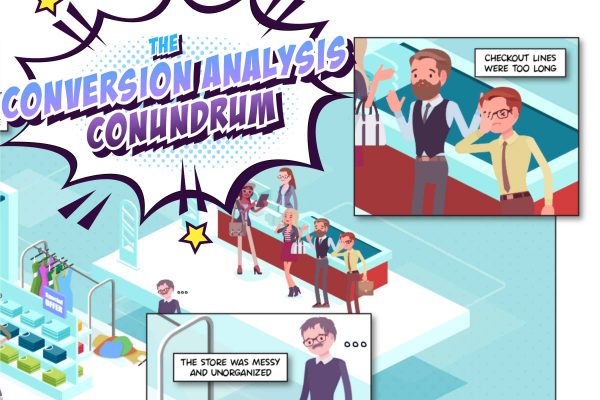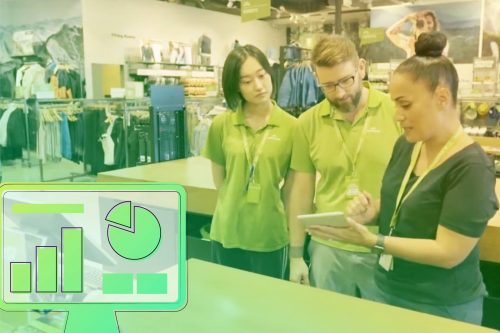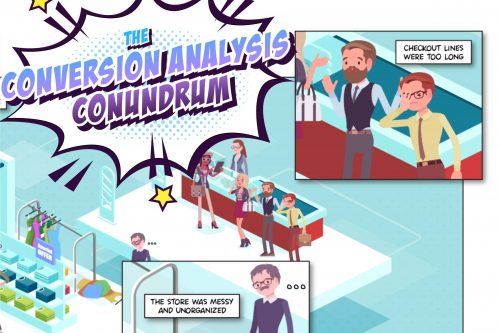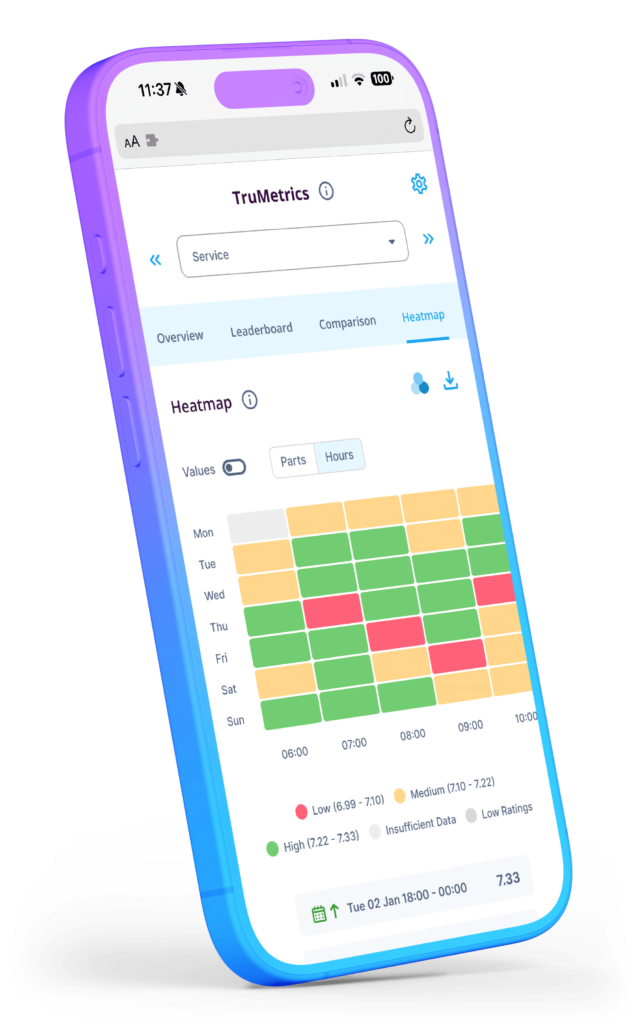Conversion is the number one issue in retail right now. More and more, it’s getting harder to get customers to buy once they come in-store, or add more items to their carts.
Some of it is down to the economic climate. But it’s also down to consumer behavior shifting. People nowadays are more used to spreading purchases across multiple stores, and are getting more demanding of the stores they buy from.
What’s the problem with conversion in retail?
The problem often lies in how we perceive non-purchasers—as if they are a different species altogether from those who do buy. This misconception leads to efforts like focus groups, QR codes, exit surveys, and geo-located feedback, all aimed at capturing insights from non-purchasers.
But these methods often fall short, offering little actionable data to improve conversion rates. That’s because all of them attract only those who badly want to give feedback. You hear from people willing to give up their afternoon for a focus group. Or who’ll pull out their phone on the way out of a store where they haven’t bought anything. In other words: your most vocal non-purchasers, not the majority.
Non-purchasers vs paying customers: what’s the difference?
Here’s the reality: non-purchasers and paying customers aren’t as different as we think. The reasons why someone doesn’t convert are often felt to the same extent as your purchasers.
The difference would be that there was enough in the positive column for them to go ahead with their purchase. So by focusing on feedback from your paying customers, you can gain valuable insights into the common barriers to purchase—whether it’s pricing, product availability, or customer service issues.
Our research has shown that there are a few common reasons why customers leave a store without making a purchase. These might seem like simple issues, but when left unaddressed, they can have a significant impact on your bottom line. Here are some of the key factors:
“I couldn’t find what I wanted”
A common frustration for many shoppers is the inability to find the product they’re looking for. Your purchasers can tell you if they also struggled, and would’ve spent more if they could have found everything.
“I couldn’t find anyone to help me”
The availability of helpful staff can make or break a shopping experience. If customers aren’t receiving the assistance they need, they’re likely to leave without purchasing. But paying customers might have felt this too, they just persevered a little longer and found things themselves.
“It’s too expensive”
Price sensitivity is another major factor in conversion. And paying customers can feel an item is too expensive, even as they’re buying it.
“You were out of stock of what I wanted”
Stockouts are a surefire way to lose a sale. Paying customers can tell you if they had to settle for a second option, or couldn’t get as much as they wanted.
“The store was messy and disorganized”
A clean, organized store creates a pleasant shopping environment that encourages purchases. Your paying customers can tell you if your store’s in a bad state, even as they decide to look past that factor.
“Checkout lines were too long”
Long wait times at checkout can deter even the most enthusiastic shopper. But those that do stand the wait? They can tell you about it, and warn you of issues there that might be turning off less committed customers.
Asking purchasers about what drives them to buy
At the core, purchasers and non-purchasers often share similar shopping experiences—what differs is how those experiences are handled. By focusing on the experiences of those who do purchase, you can address the issues that might be deterring others.
This includes asking targeted questions at the point of purchase. These questions help you gather actionable insights directly from your customers, revealing the factors that influence their decision to buy—or not.
There’s a fine line between a purchaser and a non-purchaser. TruRating helps you stay on the right side. Don’t leave conversion to chance—download our 6-page guide on conversion analysis today and discover strategies to turn more of your visitors into loyal customers.
Useful resources
- Predictive analytics in retail – examples and strategies
- How technology is changing the retail industry
- Phygital in retail — bridging the gap between physical and digital CX
- Retail pricing optimization – strategies, models and examples
- 27 key retail metrics for your business
- 6 innovations retailers are investing in














